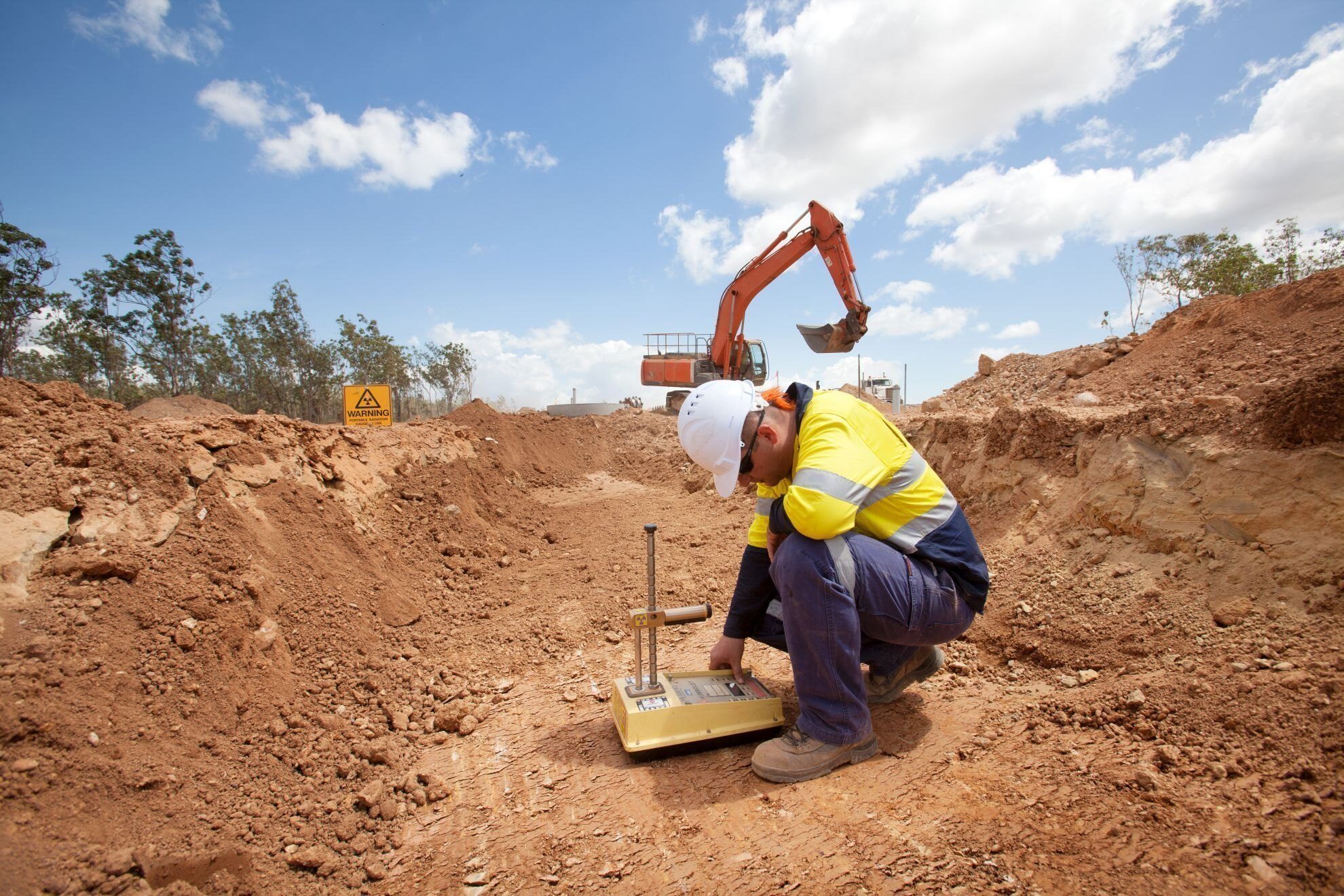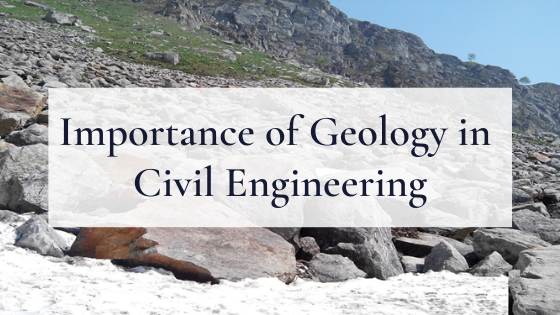Geotechnical Engineering For Construction Projects - Questions
Fascination About Geotechnical Engineering For Construction Projects
Table of ContentsSome Known Factual Statements About Geotechnical Engineering For Construction Projects Some Ideas on Geotechnical Engineering For Construction Projects You Need To KnowExamine This Report on Geotechnical Engineering For Construction Projects9 Simple Techniques For Geotechnical Engineering For Construction ProjectsIndicators on Geotechnical Engineering For Construction Projects You Should KnowGeotechnical Engineering For Construction Projects Can Be Fun For AnyoneThe Ultimate Guide To Geotechnical Engineering For Construction ProjectsGeotechnical Engineering For Construction Projects Can Be Fun For Anyone
Coinciding with this boosted intricacy comes geological and environmental factors that influence the layout of the foundation, which is perhaps one of the most crucial component of any kind of growth. Individuals need to trust that structures, bridges, and roads will certainly stand the test of time. A Geotechnical designer encourages on exactly how a framework can best be sustained providing its distinct scenarios What's hidden below the surface of the ground is most likely one of the most essential item of details that a Geotechnical Engineer desires.These examples are then analyzed by the laboratory to identify soil structure (Geotechnical Engineering for Construction Projects). The breakdown of sand, silt, clay, and other products present in the soil, assists the engineer establish what distinct attributes the site has and what the ramifications of those may be. Certainly soil make-up is just one examination that can be done on samples
The Best Guide To Geotechnical Engineering For Construction Projects
Based upon these tests, there might be more soil borings that are pierced, or the engineer may have enough details from the preliminary examinations to make a referral to the customer on how best to continue with their task. Outcomes are generally reported through borings logs which reveal the soil structure and characteristics at a variety of midsts.
Geotechnical engineers are accountable for understanding the homes of natural deposits and utilizing this knowledge to develop risk-free, cost-efficient designs for building and construction jobs. It is an essential component of any civil engineering task, as it is used to determine the suitability of a website for construction and to make certain the structure's safety.
This includes carrying out laboratory tests on the examples and utilizing geophysical methods such as seismic refraction and electrical resistivity surveys. This information is made use of to evaluate the site's viability for building and construction and to establish the kind of structure that should be used. Geotechnical design assesses soil problems, identifies potential risks, selects an appropriate foundation system for the proposed structure, and figures out the most effective foundation layout for a provided task.
5 Simple Techniques For Geotechnical Engineering For Construction Projects
The structure may become unsteady or collapse without correct soil stabilisation, resulting in pricey repairs and prospective injury. The stablizing process entails making use of various methods to improve the security of the dirt, such as compaction, grouting, and the enhancement of enhancing products. Without soil stabilization, the threats connected with construction tasks would certainly be a lot greater, and the results a lot less reputable.
Geotechnical designers conduct site investigations to analyze the soil's buildings and identify potential threats. They establish and apply dirt stabilization strategies, such as adding concrete, lime, or various other supporting agents, to improve the soil's strength and stability.
The 7-Second Trick For Geotechnical Engineering For Construction Projects
Geotechnical engineers are vital in assisting to guarantee that soil stablizing is done correctly to ensure that the structure is secure and protected. Geotechnical design is likewise utilized to examine dirt problems and recognize potential threats. This includes analyzing potential flooding, landslides, and other all-natural catastrophes that can affect the structure.
Geotechnical designers use this knowledge to perform website investigations, soil, and rock testing, and to analyze the results to establish the ideal style parameters Full Article for a task. This information is used to make certain that the structure, keeping wall surfaces, slopes, and other frameworks improved or within the subsurface products have adequate security and resistance to external loads, such as earthquakes, wind, and water.
These frameworks need a deep understanding of the behavior of the subsurface products, in addition to the ability to handle the impact of excavation and building and construction on the surrounding environment. Geotechnical designers use their know-how to establish the proper style criteria for these frameworks, such as the shapes and size of the tunnel, the strength of the sustaining rock, and the type and quantity of assistance called for.
Along with the style and construction of frameworks, geotechnical engineering additionally plays a critical role in the recovery and upkeep of existing frameworks. As frameworks age, they may experience deterioration or various other issues that affect their security and performance. Geotechnical engineers check this site out utilize their expertise to evaluate the condition of these frameworks, identify the reasons for the issues, and develop methods to resolve them.
Geotechnical Engineering For Construction Projects Fundamentals Explained
In this write-up, I will certainly go over the duty of geotechnical design and the kinds of problems geotechnical designers resolve. Geotechnical engineers (geotechs) are associated with virtually every kind of civil design project. Every framework is sustained by dirt or rock unless it is drifting, flying, or falling down.
Geotechs are typically most entailed at the beginning of a project. Geotechnical Engineering for Construction Projects. A few of the tasks that a geotech may be in charge of are exploring subsurface conditions, establishing called for lab testing of soil and rock, analyzing the subsurface expedition results, and writing records that document the website problems and give recommendations for structures, fill specifications, incline stability, and so on
It is not uncommon for geotechnical engineers to concentrate on just one of the areas listed above and research that subject their entire profession. Geotechnical design is a vital facet of any type of civil design task. No matter how great a framework is built, it will certainly not be wonderful for long if the structure is insufficient.
Geotechnical Engineering For Construction Projects Can Be Fun For Anyone

Frequently, points that might not seem essential become vital years later when problems develop. One last point to remember: geotechnical engineering is married to geology. Regardless of how fantastic your engineering knowledge is, if something crucial is missed in Related Site the geologic characterization at a website, your competence may not save you.
Jese lives in West Virginia with his wife and child. He enjoys creeping about on any type of landslide he can locate and hanging around fly angling on the water. He can be located on LinkedIn. I hope you enjoyed today's post by visitor author Jese Vance. If you're interested in your firm possibly joining the Civil Engineering Collective, please contact us right here or call us at 800-920-4007. I hope you'll join us.
The smart Trick of Geotechnical Engineering For Construction Projects That Nobody is Talking About

It is crucial to recognize the soil problem before making the type and depth of foundation needed for the structure. In order to know the subsurface soil problem, a geotechnical examination is required.
Geotechnical Engineering For Construction Projects Things To Know Before You Buy
Once the examination results come, the Geotechnical Designer analyses the record, which details the dirt and rock buildings groundwater condition and the associated threats. The type of foundation called for to build the framework is then identified. Based on the referral of the Geotechnical Designer, the structural designer then makes the framework.